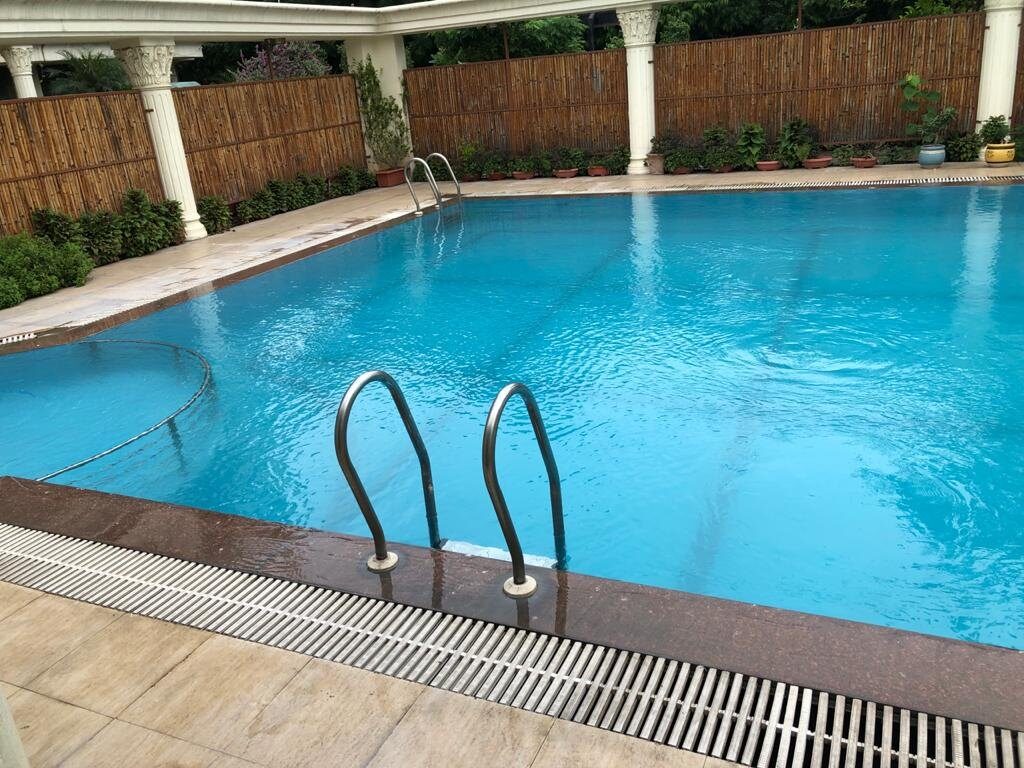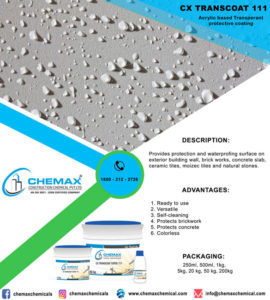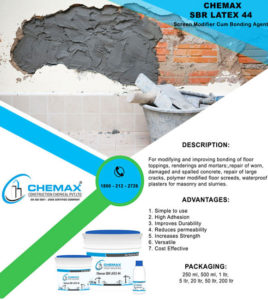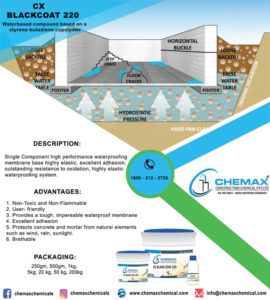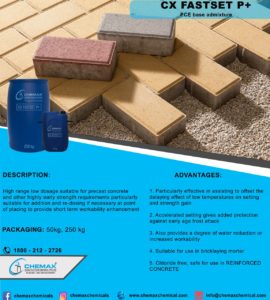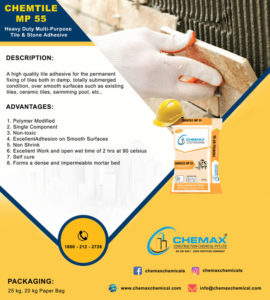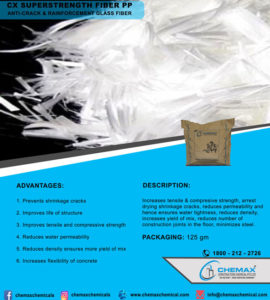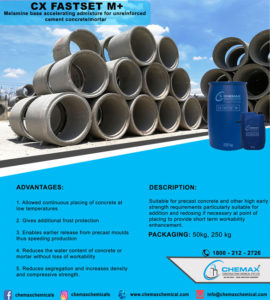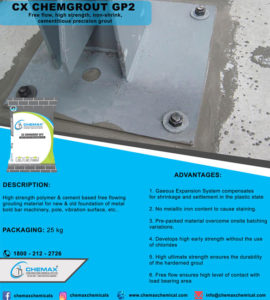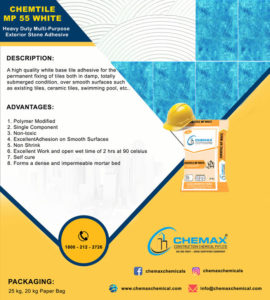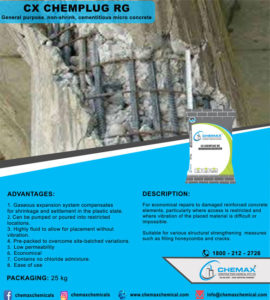What is Wall Waterproofing, How is It Made?
The first thing that springs to mind when discussing wall waterproofing is waterproofing building walls, but wall waterproofing is also crucial for many other structures, including viaducts, tunnels, and bridges. Since we come into contact with walls in many aspects of our lives, it is helpful to have a thorough understanding of wall waterproofing.
However, we would like to provide some general information about waterproofing before discussing the waterproofing procedure used on the walls. As a result, the process of using waterproofing chemicals to create a barrier against possible water contact with structures and stop performance losses is known as waterproofing.
Waterproofing chemicals are specifically designed to guard against elements that could endanger the structure, like corrosion, deterioration from exposure to moisture, and strength losses. This regulation covers the waterproofing procedures and principles for all points of contact with water of all conceivable structures, such as pools, water tanks, and drainage, as well as the waterproofing principles to be made on the foundation, floor and basement walls, roofs, balconies, and wet areas of the buildings in contact with the soil.
What is Wall Waterproofing?
When someone asks what wall waterproofing is, they immediately think of all the wall systems both inside and outside the structure. The outer walls serve as the building’s protection systems and are thus directly impacted by the weather, while the inner walls divide the structure into use areas.
By serving as a barrier between the water and the building and averting potential performance losses, wall waterproofing chemicals keep water from damaging the building’s inner and outer walls from the foundation to the roof.
What then is the significance of waterproofing walls? What issues might occur if proper wall insulation is not installed?
Why is Wall Waterproofing Important?
The building depends on the proper completion of the waterproofing process between the soil and the structure during building installation. Proper waterproofing of the foundation and curtain walls between the building and the soil is necessary to prevent moisture and plant roots from damaging the structure.
If not, the structure will be exposed to water from the foundation all the time, which will lead to corrosion-induced rot. There will be irreversible effects from this performance decline.
Windows take up a significant amount of space in external wall systems. The waterproofing needs to be done correctly when installing the exterior wall systems because they serve as a direct transition between the interior and the water.
Water enters the building directly during window installation if proper waterproofing is not applied to the walls and window edges, which results in performance losses.
Due to moisture and potential water leaks, the interior portions of the walls may become moist. If this condition worsens, the growth of bacteria and fungi takes place. The proper wall waterproofing material must be used to repair these biological formations. Therefore, it’s essential to use the proper waterproofing materials during the installation phase to avoid formations similar to these that will harm the building and people’s health.
We looked at the waterproofing chemicals appropriate for foundation and curtain wall insulation, waterproofing between the window and the wall, and mold and fungus formation on the wall caused by water and moisture in this content created by CHEMAX, a construction chemicals specialist.
However, these materials should not be the only ones that come to mind when it comes to wall waterproofing. due to the fact that wall waterproofing has many uses. Because of this, it is essential to select the appropriate material based on the application and scope.
Remembering that waterproofing is a very broad topic is important. Every industry and application requires a unique product.



